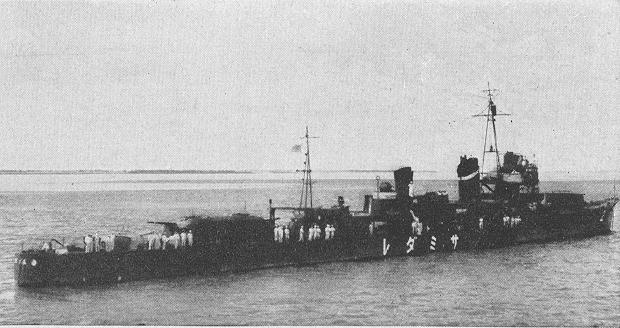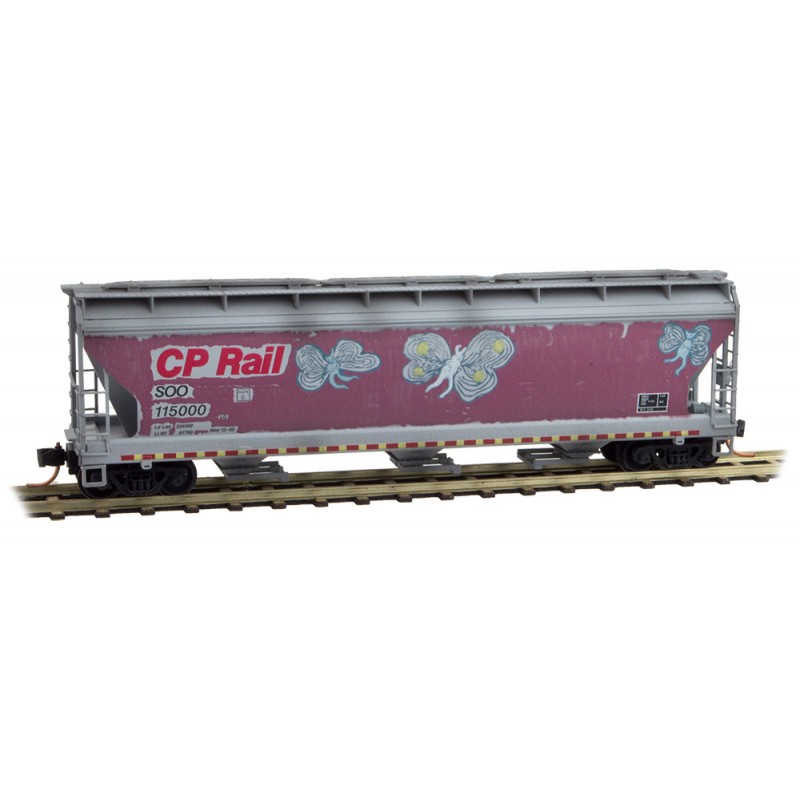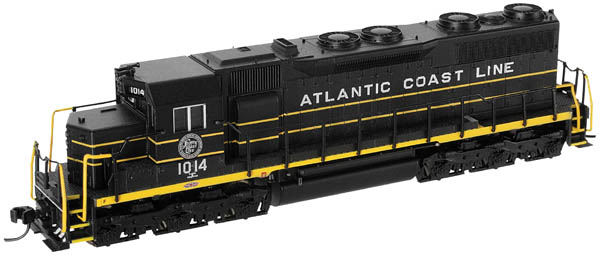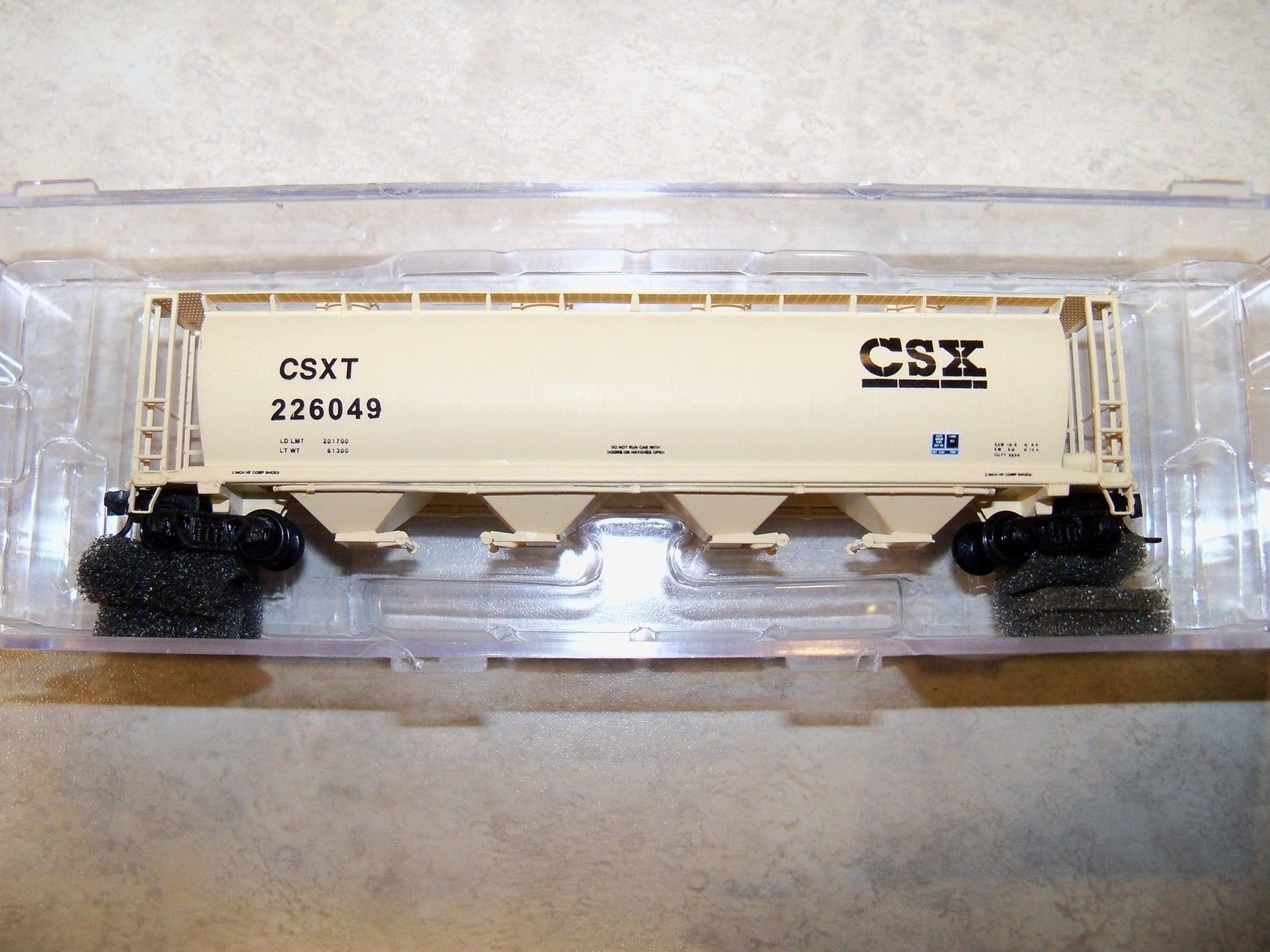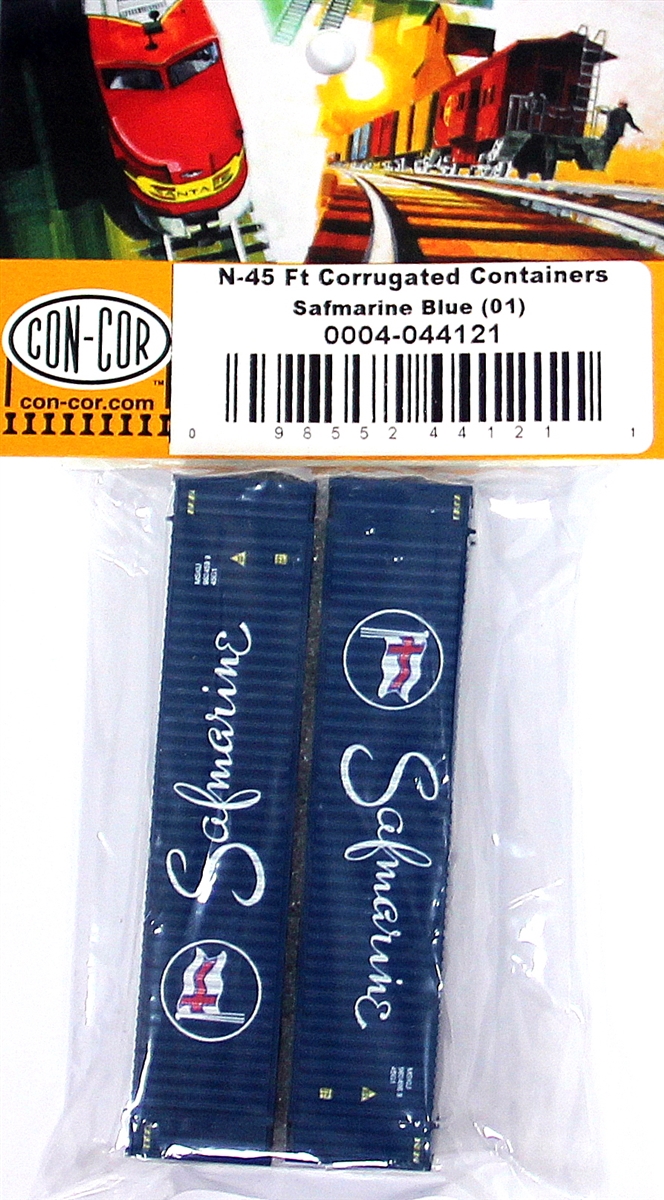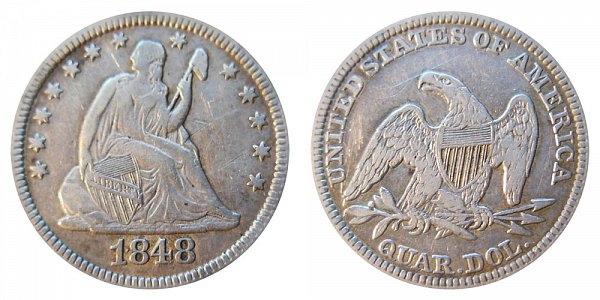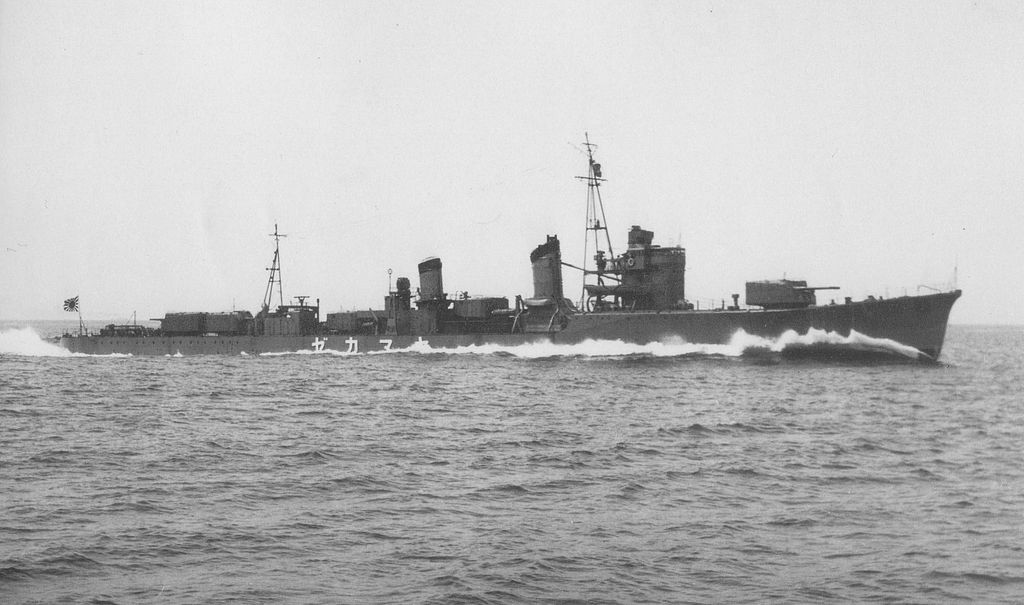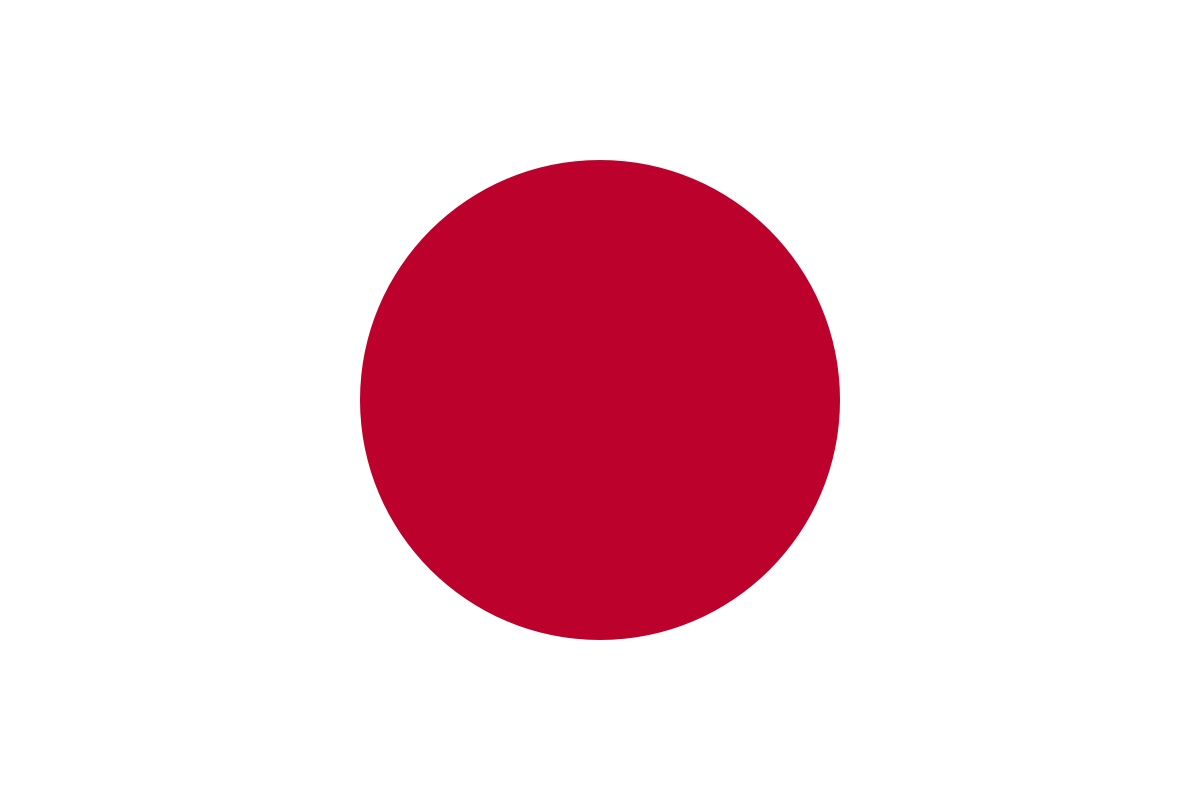Samidare
| Name | Samidare |
| Nationality | Japan (Details) |
| Period | World War II |
| Type | Destroyer |
| Warship Class | Shiratsuyu (Details) |
| Source of Text | Wikipedia |
| Credit Link | Link |
History:
Samidare (五月雨 ”Early Summer Rain”)was the fifth of ten Shiratsuyu-class destroyers, built for the Imperial Japanese Navy under the Circle One Program (Maru Ichi Keikaku).
In April 1944, Samidare escorted troop convoys from Japan to Saipan and on the Truk and Palau. On 27 April, she assisted in the rescue of survivors from the torpedoed cruiser Yūbari. In May and early June, Samidare covered troop evacuations from Biak and other locations in the Netherlands East Indies. She participated in the Battle of the Philippine Sea on 19–20 June as part of Admiral Takatsugu Jōjima’s task force. In July, she escorted a troop convoy to Okinawa and to Lingga, returning with Kinu to Palau in August. However, on 18 August, Samidare ran aground on the Velasco Reef near Palau Island at position 08°10′N 134°38′E. On 25 August, she was torpedoed by the submarine USS Batfish. The destroyer broke in two with her stern-section sinking, and the bow-section later destroyed by the Japanese.
In April 1944, Samidare escorted troop convoys from Japan to Saipan and on the Truk and Palau. On 27 April, she assisted in the rescue of survivors from the torpedoed cruiser Yūbari. In May and early June, Samidare covered troop evacuations from Biak and other locations in the Netherlands East Indies. She participated in the Battle of the Philippine Sea on 19–20 June as part of Admiral Takatsugu Jōjima’s task force. In July, she escorted a troop convoy to Okinawa and to Lingga, returning with Kinu to Palau in August. However, on 18 August, Samidare ran aground on the Velasco Reef near Palau Island at position 08°10′N 134°38′E. On 25 August, she was torpedoed by the submarine USS Batfish. The destroyer broke in two with her stern-section sinking, and the bow-section later destroyed by the Japanese.
Class:
The Shiratsuyu-class destroyers were a class of ten destroyers of the Imperial Japanese Navy in service before and during World War II. The initial six Shiratsuyu-class destroyers were modified versions of the Hatsuharu class, and had been originally planned as the final six vessels of that class under the ”Circle-One” Naval Expansion Plan. However, design issues with the Hatsuharu-class ships, notably their “top-heavy” design relative to their small displacement, resulted in extensive modifications, to the point where the final six vessels on order were named as a separate class. An additional four vessels were ordered under the ”Circle-Two Naval Expansion Plan of fiscal 1934, and all vessels were completed by 1937.
As with the Hatsuharu class, the Shiratsuyu-class destroyers were designed to accompany the Japanese main striking force and to conduct both day and night torpedo attacks against the United States Navy as it advanced across the Pacific Ocean, according to Japanese naval strategic projections. Despite being one of the most powerful classes of destroyers in the world at the time of their completion, none survived the Pacific War.
As with the Hatsuharu class, the Shiratsuyu-class destroyers were designed to accompany the Japanese main striking force and to conduct both day and night torpedo attacks against the United States Navy as it advanced across the Pacific Ocean, according to Japanese naval strategic projections. Despite being one of the most powerful classes of destroyers in the world at the time of their completion, none survived the Pacific War.
Nationality:
Japan is an island nation in the Pacific Ocean with dense cities, imperial palaces, mountainous national parks and thousands of shrines and temples. Shinkansen bullet trains connect the main islands of Kyushu (with Okinawa's subtropical beaches), Honshu (home to Tokyo and Hiroshima’s atomic-bomb memorial) and Hokkaido (famous for skiing). Tokyo, the capital, is known for skyscrapers, shopping and pop culture.
Although legend has it that Japan was founded in 660BC, archaeologists agree that settlement in the Japanese archpelago dates back as far as 100,000 years. The Jomon Period (8000-c.300BC) is the earliest that has been studied. It is named after the 'jomon' or cord-marked pattern style of pottery of the period.
Although legend has it that Japan was founded in 660BC, archaeologists agree that settlement in the Japanese archpelago dates back as far as 100,000 years. The Jomon Period (8000-c.300BC) is the earliest that has been studied. It is named after the 'jomon' or cord-marked pattern style of pottery of the period.
Item created by: gdm
on 2019-05-08 08:52:54
If you see errors or missing data in this entry, please feel free to log in and edit it. Anyone with a Gmail account can log in instantly.
If you see errors or missing data in this entry, please feel free to log in and edit it. Anyone with a Gmail account can log in instantly.


